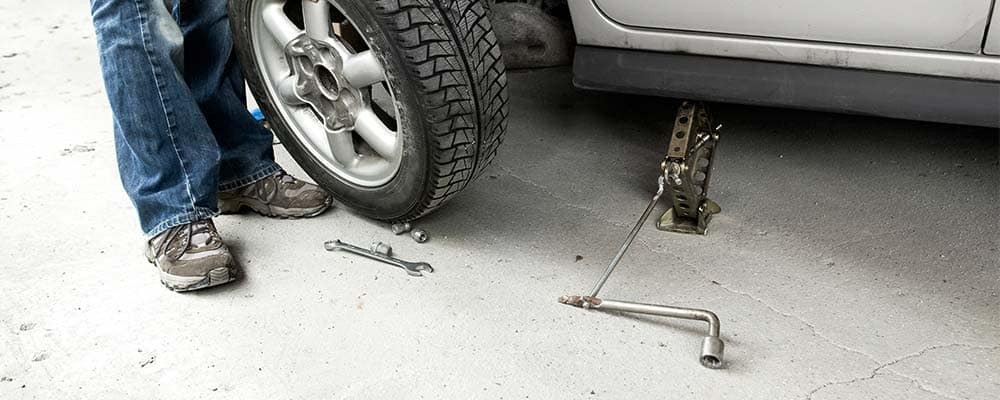JavaScript is disabled in your browser. For our website to function properly, you must enable JavaScript. If you do not enable JavaScript, certain features will not function correctly.
Store HoursToday: 08:00 am - 05:30 pm Closed Now
254-616-1659
97% of customers
would refer us to friends
4.93 stars - based on 265 reviews
254-616-1659
Phil's Service
503 S 2nd St
Killeen, TX 76541
05
Feb,
2018
Some of us can remember the days before tire plugs and a patch was the most common repair for a punctured tire. But times have changed and patches are not the only fix for flat tires. For those lucky few whose tire repairs required a patch or plug rather than a complete tire replacement, you might be wondering "How long does a patch last in a tire?"
First, it's important to understand whether your tire needs a patch, plug, or to be replaced completely.A tire plug is a sticky, expandable substance that gets stuffed in a hole in the tire from the outside and is wedged in until the air stops leaking out. The plug should easily stay intact well enough to re-inflate the tire and get safely to a repair shop.
Most tire repair specialists feel there is a better option for plugging tires. It's called a radial patch. Radial patches are specifically designed to repair radial tires which are used on most of the vehicles on the road today. Patching a tire with a radial patch can take about 20 to 30 minutes while installing a plug takes only a few minutes and usually can be done while the tire is still on the car. Often, it is necessary to vulcanize the tire patch, a process which uses heat and curing agents to reinforce the rubber of your tire.
Secondly, how long does a patch last in a tire?On average, tire experts predict that a proper plug and patch can last from seven to ten years. Although tire patches can last a long time, a tire should never be patched more than once. It can negatively affect the speed rating and potentially cause blowouts.
Although tire patches can last a long time, a tire should never be patched more than once. It can negatively affect the speed rating and potentially cause blowouts.
Whenever your tire becomes punctured and requires a repair, consult your tire service center and let them determine what type of repair is needed and what is best for the life of your tires.
Want to know more about how to save your tires? Contact our ASE Certified technicians at Phil's Service today for more information about tire repair and to schedule an appointment. Our auto shop proudly serves residents in the community of Killeen, TX, and surrounding area.
Wondering how long does a patch last in a tire? To find out more about tire repairs you might need to save your tires, Contact tire experts at Phil's Service
Some of us can remember the days before tire plugs and a patch was the most common repair for a punctured tire. But times have changed and patches are not the only fix for flat tires. For those lucky few whose tire repairs required a patch or plug rather than a complete tire replacement, you might be wondering "How long does a patch last in a tire?"
For those lucky few whose tire repairs required a patch or plug rather than a complete tire replacement, you might be wondering "How long does a patch last in a tire?"
A tire plug is a sticky, expandable substance that gets stuffed in a hole in the tire from the outside and is wedged in until the air stops leaking out. The plug should easily stay intact well enough to re-inflate the tire and get safely to a repair shop.
Most tire repair specialists feel there is a better option for plugging tires. It's called a radial patch. Radial patches are specifically designed to repair radial tires which are used on most of the vehicles on the road today. Patching a tire with a radial patch can take about 20 to 30 minutes while installing a plug takes only a few minutes and usually can be done while the tire is still on the car. Often, it is necessary to vulcanize the tire patch, a process which uses heat and curing agents to reinforce the rubber of your tire.
On average, tire experts predict that a proper plug and patch can last from seven to ten years. Although tire patches can last a long time, a tire should never be patched more than once. It can negatively affect the speed rating and potentially cause blowouts.
Whenever your tire becomes punctured and requires a repair, consult your tire service center and let them determine what type of repair is needed and what is best for the life of your tires.
Want to know more about how to save your tires? Contact our ASE Certified technicians at Phil's Service today for more information about tire repair and to schedule an appointment. Our auto shop proudly serves residents in the community of Killeen, TX, and surrounding area.
Ron Phillips
Ron Phillips
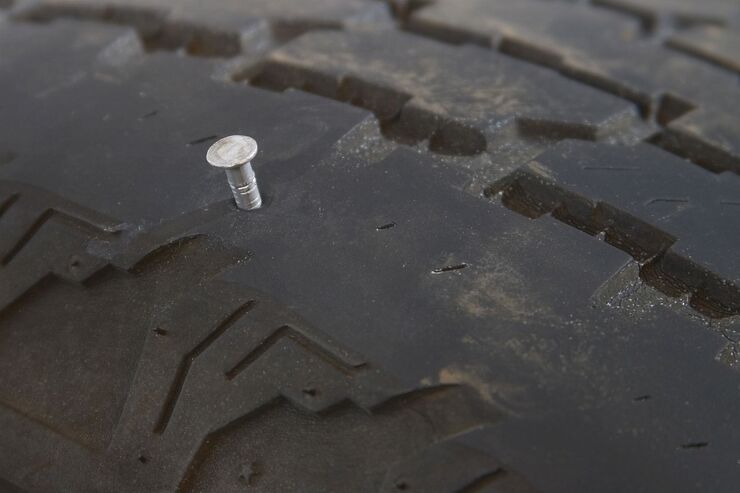 com
comMon:08:00am - 05:30pm
Tue:08:00am - 05:30pm
Wed:08:00am - 05:30pm
Thu:08:00am - 05:30pm
Fri:08:00am - 05:30pm
Sat:Closed
Sun:Closed
Facebook Blog Google Instagram Yelpamerican express, mastercard, visa, discover, cash, napa easypay, direct debit, voyager network, ari, wex fleet, easypay, voyager, wex
When traveling for a long time, tires will appear damaged, and the most common problem is tire puncture. In this case, tire patching is an effective method that helps save both time and money.
So, how long does a patched tire last? Patch tires typically have an average lifespan of 7-10 years or more. This number is only approximate if you follow the procedure correctly!
The next section of the article will analyze more deeply for you to have more detailed and helpful information. Let’s check it out!
How Long Does A Patched Tire Last?If a tire is patched and repaired according to standard procedures, it can last for 7-10 years.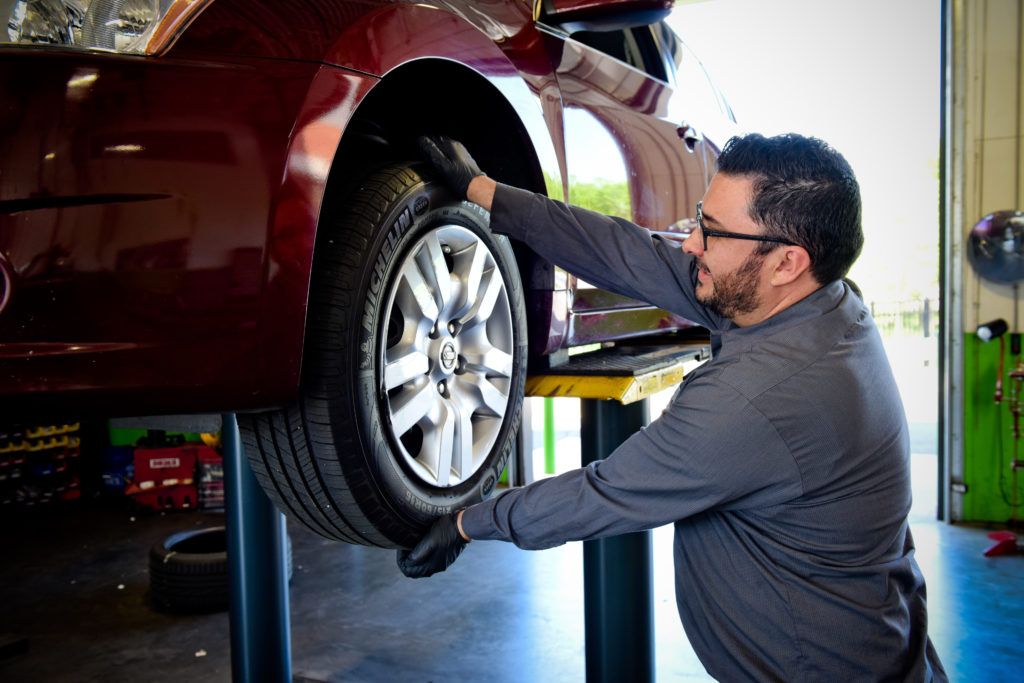 Depending on the use of different one patching methods, the time is not the same, but it is not too much difference that the distance exists.
Depending on the use of different one patching methods, the time is not the same, but it is not too much difference that the distance exists.
To use it for a long time, you need to keep quite strict rules, such as avoiding collisions in dangerous places, not driving too fast, and not patching the top twice. It can cause the car to have more severe speed problems than a sudden explosion that is dangerous in traffic in the long run.
The advice is to go to a reputable maintenance center to have the staff consider the most suitable car repair plan.
Types Of Repairs And Their DurationThere are three ways to patch tires to ensure safety standards when performing.
PatchThe way to increase the success rate when patching the car is to observe closely and determine the wound’s correct position.
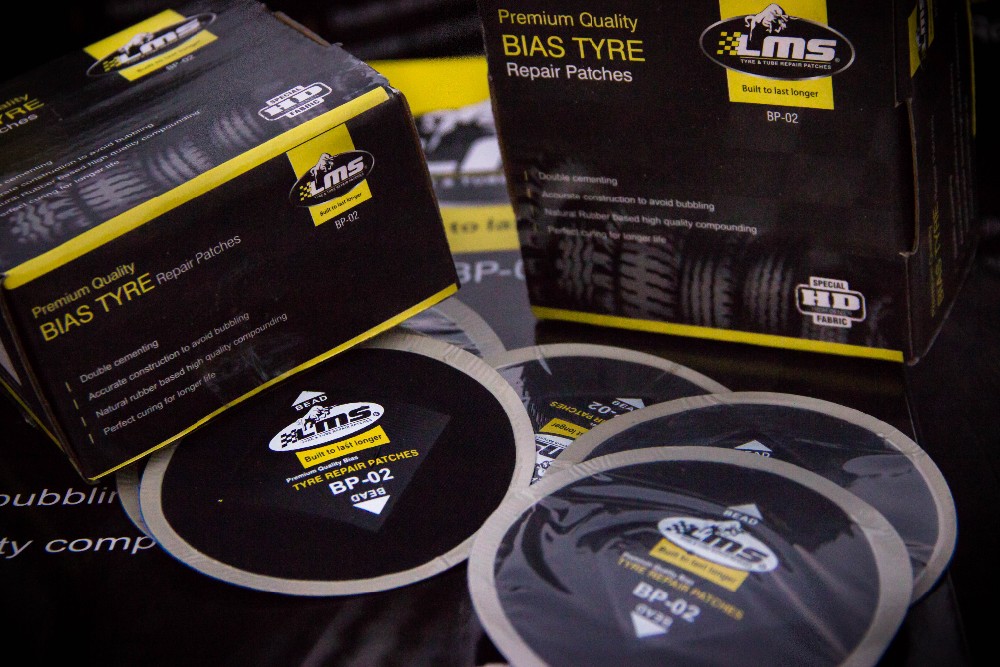 The polishing of the puncture site needs to be meticulous, and I think experienced professionals will do better.
The polishing of the puncture site needs to be meticulous, and I think experienced professionals will do better. This process takes about 20-30 minutes, and it can take longer depending on the severity of the wound. According to the manufacturer, the shelf life ranges from 7 to 10 years.
PlugNext is to use the plug to repair the tire. The method essence is to use an adhesive that can be to the size that fits the hole to prevent gas leakage to the outside. However, car tire companies do not agree with the above usage.
Over time, factors from the environment air cause the tire and plug to change, losing the protective shield so that the wound will return to its original state.
The corrosion of oxygen causes the loss of the steel belt, destroys the structure, and causes the separation to be dangerous for the user.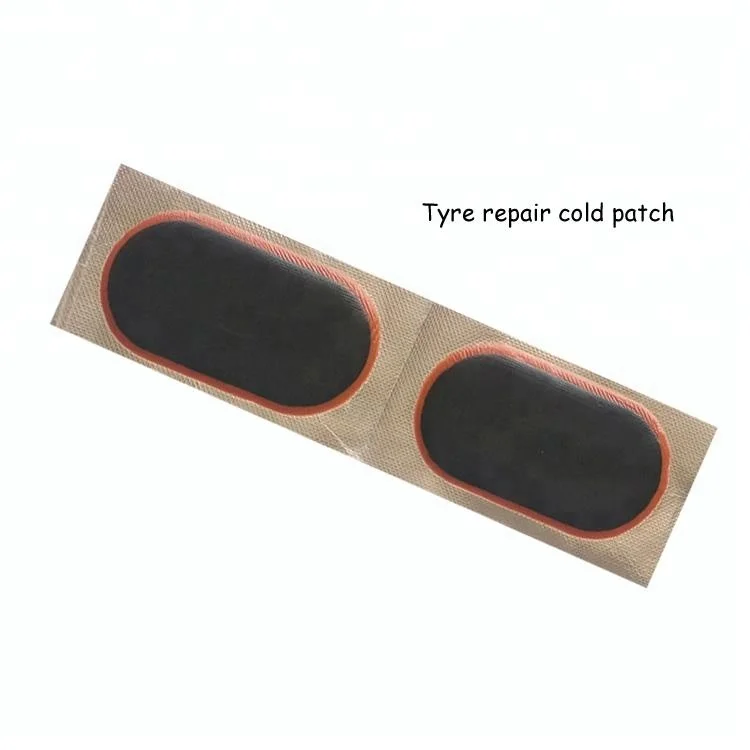
Combining patching with both methods increases the success rate of the repair. The way to do it is quite a lot of steps, perform the following stages:
Thus, both plugging and patching the rubber will ensure airtightness at the wheel, which experts recommend is the most robust reinforcement method.
Watch this video for extended:
Is It Safe To Drive With A Patched Tire?There is no need to worry too much about safety when driving with patched tires. Instead of opting for a long run on a spare one or a flat tire, we can confidently tell you it’s a lot more secure.
Instead of opting for a long run on a spare one or a flat tire, we can confidently tell you it’s a lot more secure.
Once patched, it will return to function as a regular one even when traveling on rough roads.
However, to be longer and safer, we recommend limiting. If you often drive at fast speeds, you should change new tires to be sure.
In addition, instead of repairing it yourself or going to the centers with professional skills to get the best support.
Are Patched Tires Good?The answer is yes. While not entirely comparable to a new one, it will be better when traveling on a flat or spare tire.
The patched model has wholly prevented the risk of gas entering the interior, restoring the functions of a regular wheel for at least five years. So don’t worry, feel free to use the wheel like that.
Can A Tire Be Patched Twice?If the gap between the holes is not less than 16 inches, it is possible. However, car manufacturers still recommend that you do not patch more than twice, fix the location too close to each other to ensure as much safety as possible.
At regular intervals, please observe whether the used one has a condition of inflated or damaged in time to prevent it.
How Fast Does The Patch Dry?The patches will dry quickly; leave on for about 30 minutes to check for peeling. If this process is less than the above hours, one is that the glue you are using is not good, the other is that the method of patching is incorrect.
It is necessary to carefully check the condition of the inside and outside after the patch is done. Otherwise, you will have to lose money again.
ConclusionThere will be many ways to deal with a punctured tire; whether you change a new one or have a patch are all great ideas. But if you can choose, the second way sounds better.
Although changing tires is the best thing to do to keep the car moving safely, the patching method can save time and ensure enough quality factors.
In the above article, we have provided you with the necessary information related to the problem of patching tires.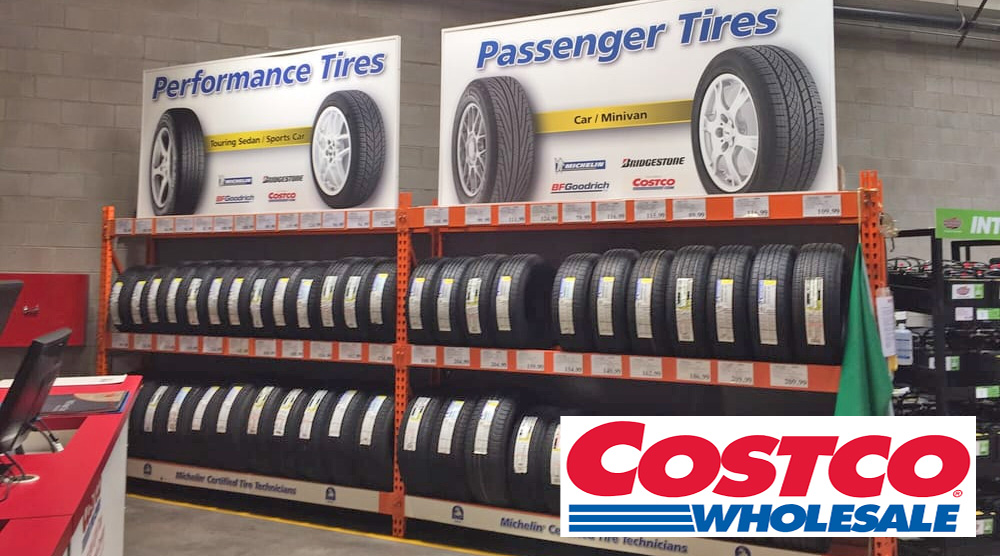 Hopefully, the above article will provide all the required information. Thank you for reading!
Hopefully, the above article will provide all the required information. Thank you for reading!
Author: Kirill Savchenko
“Chief, you've got ten minutes of work to do, the hole is nothing! Well, come up with something ... ”Every tire fitter has probably heard such words. Alas, not all tire damage can be repaired ...
But the situation can be reversed. A wheel pierced by protruding reinforcement may be repairable, while a small cut will write off the tire for scrap. Experienced tire fitters believe that it all depends on the point of damage and the object that caused it.
Experienced tire fitters believe that it all depends on the point of damage and the object that caused it.
Most often, drivers encounter punctures in the tread area of a tire. It is not always possible to detect it immediately. If in the days of tires and chambers the wheel lost pressure at the slightest puncture, then tubeless tires are much more reliable in this regard. A nail or self-tapping screw usually closes the puncture site, preventing air from escaping quickly.
With such a "plug" you can sometimes drive for months. The tire can lose pressure minimally without arousing suspicion. At the same time, an attempt to pull out a noticed nail on the way is likely to turn into a problem. In this case, the only recommendation is to pull out a foreign object only in a tire shop and repair the wheel.
In most cases, tread punctures are sealed either with special harnesses (some for temporary use, some for permanent use) or patches from the inside of the tire. Even damage caused by massive pins can be repaired. The main thing is that a piece of the tire along with the cord is not torn out.
Even damage caused by massive pins can be repaired. The main thing is that a piece of the tire along with the cord is not torn out.
In the latter case, the hole is filled with raw rubber, vulcanized, and a special cord patch is placed on the inside. But this will only be a temporary measure. In addition, such repairs are not cheap, and purchasing a new tire can be both more profitable and safer.
In addition to the plaster, cord “fungi” are also used. Lubricated with glue, the “fungus” is inserted into the puncture from the inside of the tire, then the excess part of the “leg” is cut off from the outside.
On the other hand, a cord patch can seriously help with side cuts. And car owners meet with them quite often. But here there are several nuances. In a roadside tire shop, the cut will most likely not heal. You need to contact a company with specialized equipment, primarily vulcanization.
And one vulcanizer is not enough here. Cord patches should be with a certain number of layers, designed for strictly defined damage sites and of a suitable size. And again we are talking about the nuances.
And again we are talking about the nuances.
If the cut is in the shoulder area of the tire, then it is often impossible to repair it properly. The tire fitter who offered such a service is at great risk, even if he claims that he will weave a piece of new cord with his hands and vulcanize it. There are no miracles in this situation, but in any case, the last word belongs to an experienced specialist.
Low-profile tires with a tread height of less than 50% of the width are difficult to heal side cuts. That is why, in the case of using a car on roads with a possibility of tire damage, it is better to put those that are higher. They are much easier and cheaper to repair.
By the way, what appears to be a cut at first glance may not be one. If the sidewall of the wheel catches on something sharp, and a tear forms on the tire without damaging the cord, then this is called a pinch. It does not carry momentary danger and does not require any complex repairs.
However, if a piece of rubber remains, then it is glued with ordinary superglue. If not, you will need raw rubber and a vulcanizer. It is impossible to leave the cord bare: under the influence of moisture, it can collapse, which will lead to the complete loss of the tire.
If not, you will need raw rubber and a vulcanizer. It is impossible to leave the cord bare: under the influence of moisture, it can collapse, which will lead to the complete loss of the tire.
One of the most common and fatal tire defects is swelling or simply "herniation". Despite the absence of open damage to the rubber, such a wheel will be scrapped ahead of schedule. The fact is that when the sidewall is hit, the threads of the tire carcass break. Even if the swelling is very small, sooner or later the bump grows in size, and this is already fraught with an explosion of the wheel at speed.
However, some hernias can be repaired, but this is again a temporary measure. Masters can put cord patches even in the tread area. But only on condition that the distance from the sidewall to the swelling is more than 40 mm. If less, the tire is not subject to further operation. By the way, on low-profile tires, hernias, for the most part, are not repairable - both on the tread and on the sidewalls.
One of the major tire problems is caused by unprofessional repairs. Moreover, the owner most often does not know about it. We are talking about damage to the bead ring, as a result of which the tire does not initially hold the specified pressure.
Eventually the bead ring begins to push out of the rim. At high speed or under heavy load, such a wheel can be disassembled, which again threatens the car with a loss of control.
This damage can be repaired provided that the wire ring or base is not damaged. Special technologies for such repairs are not provided, but experienced craftsmen use the so-called "cold" or chemical vulcanization using a two-component sealant. The resulting mass covers places where there is no rubber on the bead ring. The main condition is to wait three days before mounting the tire on the disc.
As for Run Flat tires, according to the instructions of most manufacturers, they are not subject to repair. In extreme cases, you can use a bottle of special pressurized sealant that comes as a repair kit.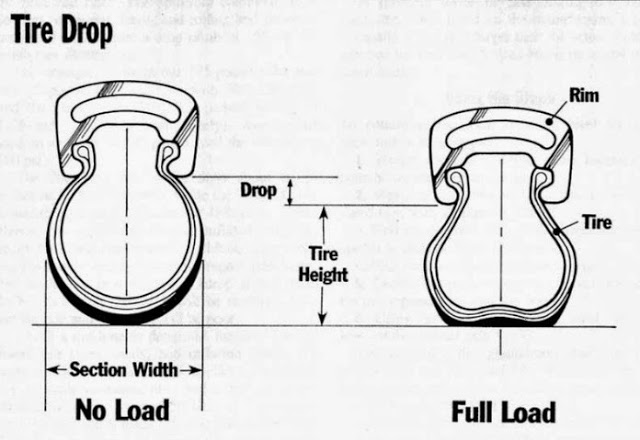
Comment of the expert of the company "SHINSERVICE":
Alexander Golubev
expert "SHINSERVICE"
First of all, we recall that most tire manufacturers do not recognize handicraft tire repair. It is considered a sign of external influence and changes in the design of the tire. Such a tire automatically voids the warranty. This does not happen if tire repairs are carried out in specialized, authorized tire brands services. Note that almost all major tire brands give their own extended warranty, according to which in most cases the repair is free, at a discount, or the product is generally replaced with a similar one, depending on the conditions of the program.
Based on our experience, we can note that in most cases damage in the bead area and in the shoulder area is not repairable.
I would also like to draw attention to the fact that most low-profile tires have high speed indexes (V and above), and even after professional repair they will not be able to be used in the previous modes without restrictions.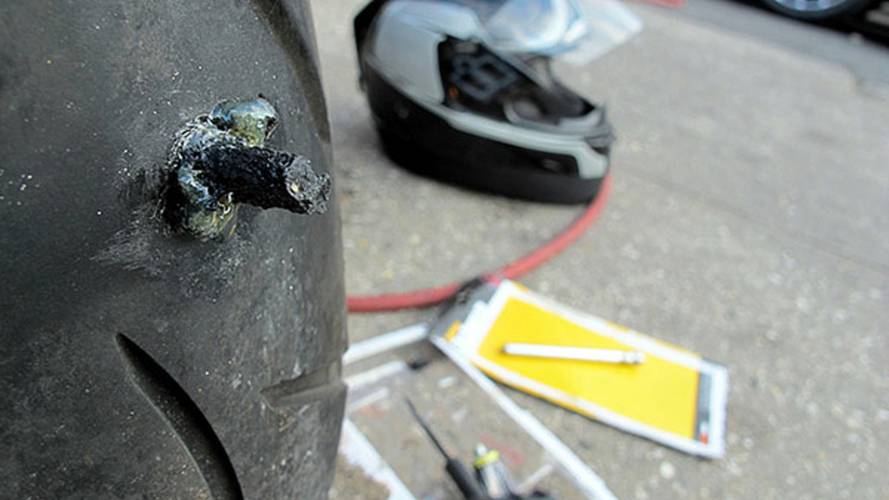 Therefore, we strongly recommend changing the tire in all cases, except for tread punctures.
Therefore, we strongly recommend changing the tire in all cases, except for tread punctures.
practice tires and wheels
Articles / Interesting 5 reasons to buy and not to buy Daewoo Matiz I Perhaps Matiz in Russia became the third car in terms of the number of ridicule after Zaporozhets and Oka. But are these caustic chuckles in the direction of a pretty car fair? Maybe it's just bra... 373 one 0 06.11.2022
Articles / Supercars Scary, very scary: why the US banned drag on the Dodge Demon and other production cars Fast cars are bought in order to drive fast. And to drive as fast as possible, you need to drive in a straight line. These common truths are especially well understood in America - a country that, with ... 850 0 four 05.11.2022
These common truths are especially well understood in America - a country that, with ... 850 0 four 05.11.2022
Articles / Practice Frozen: why the car can not warm up for a long time "Winter! The peasant, triumphant…” warms up the car for half an hour. And sometimes not a peasant, but quite a boyar in an expensive car still warms it up, freezes and thinks: well, why is it so ... 1120 2 3 04.11.2022
Test drives / Test drive Haval Dargo vs Mitsubishi Outlander: the dog is barking, the stranger is coming In the Haval dealership in the south of Moscow, life is in full swing: buyers look at cars, communicate with managers and sign some papers.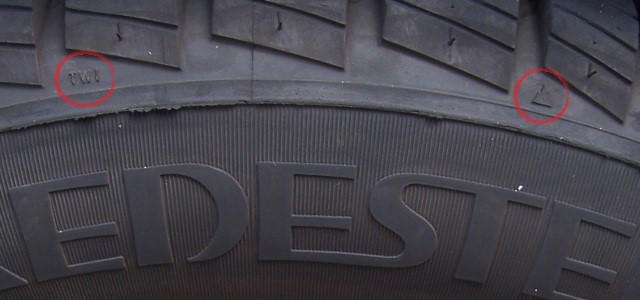 While I was waiting for the test Dargo, the same cross... 15331 7 205 13.09.2022
While I was waiting for the test Dargo, the same cross... 15331 7 205 13.09.2022
Test drives / Test drive Motor from Mercedes, emblem from Renault, assembly from Dacia: test drive of the European Logan 1.0 It would seem that what's new can be told about the second generation Renault Logan, known to every Russian taxi driver, as they say, up and down? However, this car has... 13008 ten 41 08/13/2022
Test drives / Test drive Geely Coolray vs Haval Jolion: Free Cheese? If! Do you want to buy a car today with a full warranty, on credit at an adequate rate, without wild dealer markups? Now this is still a task, because a full-fledged chain of "representation - s.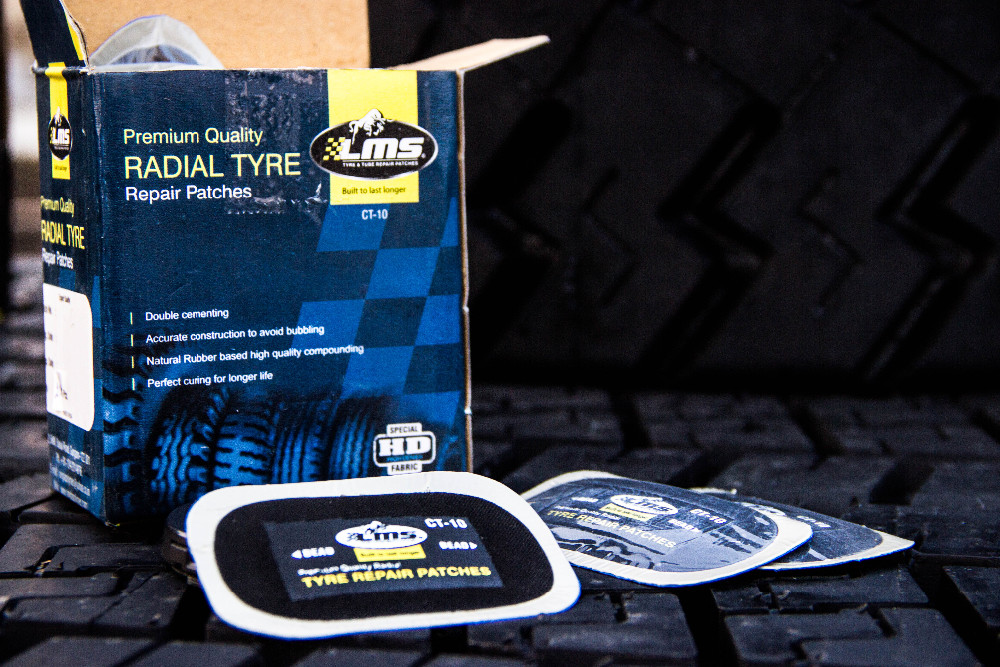 .. 10071 25 thirty 08/10/2022
.. 10071 25 thirty 08/10/2022
Contents
A punctured bicycle wheel is probably the most common problem that a biker can face. This is due to two main Russian troubles: roads like "so that the enemy tank does not pass" and fools, thanks to which broken glass, bent nails and other sharp objects are on the ground.
Driving with a flat tire is not recommended, especially if the cyclist is heavier than a 40 kg phyton. And it's not just that the bike will become less manageable, and the ride is unsafe. The tire that has lost air cushioning will “fly” first after the chamber, and then the rim together with the spokes can deform from the load that is no longer compensated for. So, so that a small problem does not turn into a big one and it does not come to replacing the entire wheel, it remains either to lead the injured iron horse in a bridle, or to look for an opportunity for urgent repairs.
So, so that a small problem does not turn into a big one and it does not come to replacing the entire wheel, it remains either to lead the injured iron horse in a bridle, or to look for an opportunity for urgent repairs.
If your bike tire is flat in the middle of the city, you can take your bike to the nearest tire shop, where they will most likely help you for a small amount or even free of charge, especially if you are the same 40-kilogram fitonya. But trouble can easily overtake a cyclist somewhere far from civilization, so the best option is to carry everything with you and use it if necessary. Fortunately, a bicycle repair kit fits in a small box and weighs no more than a pack of cigarettes.
You can assemble a "first aid kit" for bicycle tires yourself, but it is much easier to buy a ready-made kit, especially since it is not a shortage at all. On the contrary, there are many varieties on sale for every taste, color and wallet.
Standard bike repair kit includes everything you need to quickly and securely seal a tube hole and keep going. The minimum funds required for this:
More advanced repair kits usually include a whole range of patches of various shapes and sizes, designed for different scales of damage - from small punctures to holes visible to the naked eye. In addition, plastic mounts are often additionally placed in such boxes, which make it easier to remove and put the tire back on the rim.
It goes without saying that in addition to any repair kit you will need a bicycle pump to pump up the sealed tube after repair.
Tube puncture is one of the simplest problems, that is, it does not require a completed engineering education, special tools, or even special skills to solve it. The procedure for repairing a punctured chamber is as follows:
1. Remove the damaged wheel from the frame, completely bleed the air before disassembling it, if this has not already happened spontaneously.
Remove the damaged wheel from the frame, completely bleed the air before disassembling it, if this has not already happened spontaneously.
2. Carefully remove the tire from the wheel rim using pryers or tools.
3. Loosen the chamber, starting with the nipple, and look for the damaged area on it.
If the puncture is not visible to the naked eye, find a way to lower the inflated tube into the water at least in parts and determine where the air comes from by looking at the bubbles. For the same purpose, you can wipe the rubber with soapy water. An option for very field conditions is to hold a wet hand at a close distance from the surface of the chamber: in the place of the hole you will feel cool.
4. Select a patch from the repair kit according to the size and shape of the damage.
5. Thoroughly clean and dry the puncture site and immediate surroundings. Ideally, it is also desirable to degrease them if you have gasoline, acetone, etc.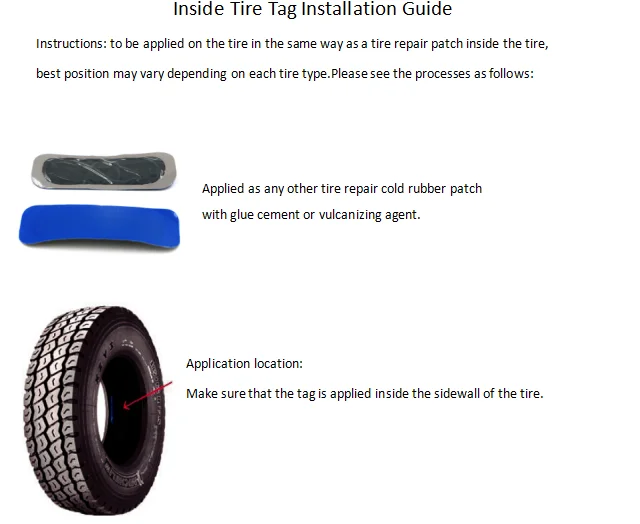 at your disposal.
at your disposal.
6. Gently rub the chamber and patch with emery cloth to roughen the bonding surfaces for better bonding and better adhesion.
7. Apply adhesive to both surfaces, wait the time specified in the instructions for this particular compound and seal the hole.
8. Wait for the glue to dry, place the inner tube in the tire, put the tire on the rim and inflate the wheel with a pump to the required hardness.
There is no single answer to the question of what is better - a repair kit or a spare camera - there can only be a couple of tips.
It makes sense to put a spare tire in a backpack if the rides are short and the weight of the luggage is not particularly critical, but time is precious.
Yes, it's heavier and bulkier than the repair kit, but the above guide will be five points shorter in one fell swoop. No need to look for an annoying hole that seems to be hiding on purpose, no need to wait for the glue to dry - remove the old camera, put in a new one, and you can continue to pedal and devour kilometers.